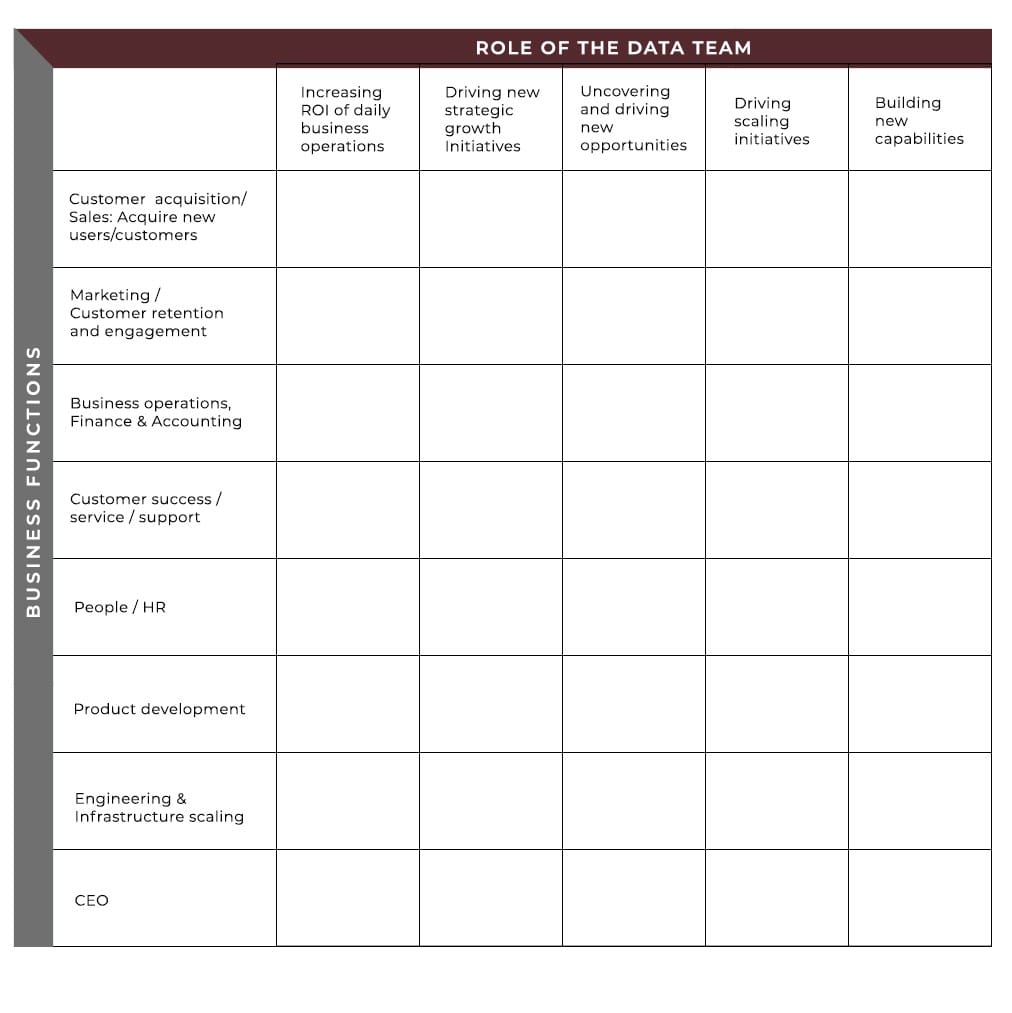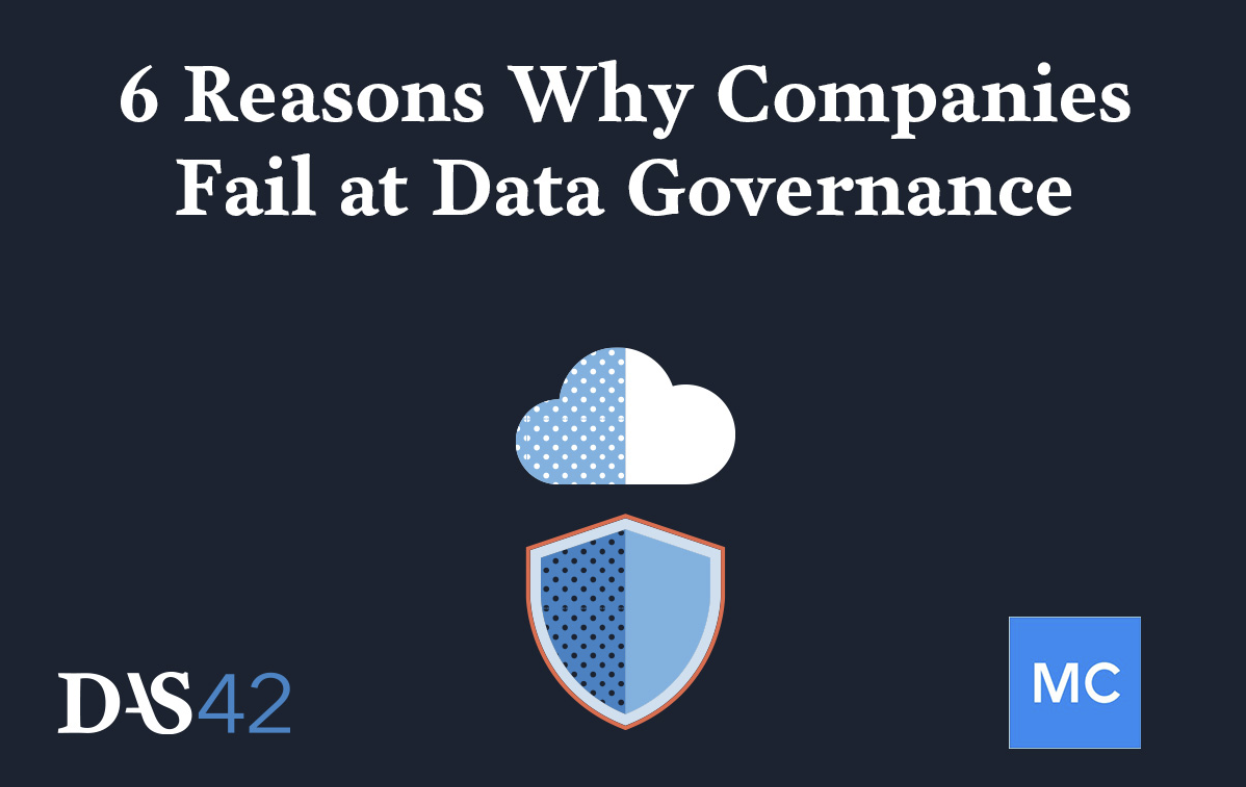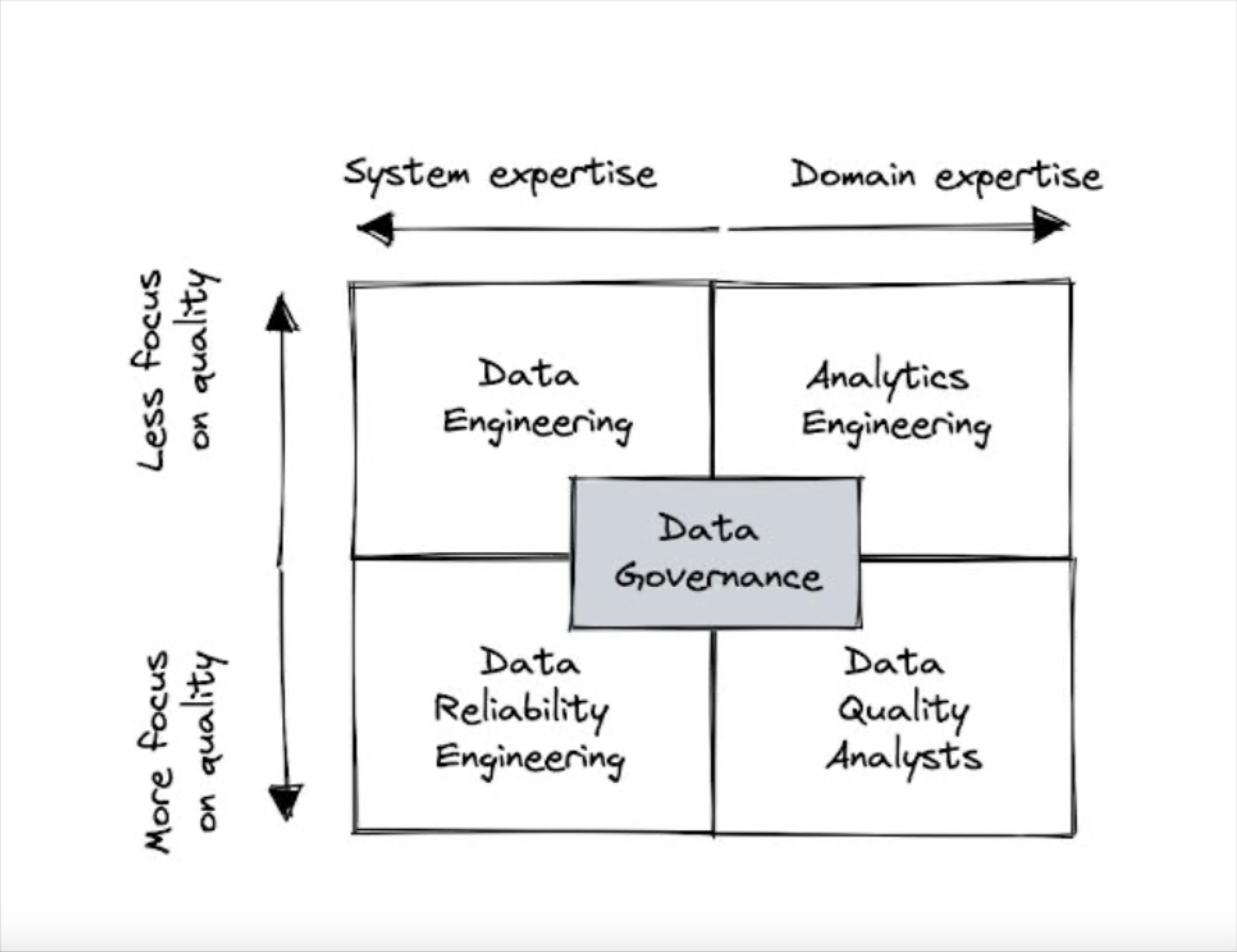How to Measure the ROI of Your Data Organization

Written by Barkha Saxena, Chief Data Officer at Poshmark, and Barr Moses, CEO at Monte Carlo. This article first appeared in Forbes.
“What’s the value of a data organization? How should data leaders think about the ROI of their team?”
With the fast-paced growth in the number of data professionals — data scientists, analysts, engineers — and the lines between data roles being blurred, measuring and communicating the ROI of data teams is no easy feat. But given the large investment in this area, understanding this value presents an existential question for the data industry at large. In this blog post, we’d like to suggest a pragmatic framework for measuring the ROI of the data team based on contributions to various business outcomes.
The Roles Data Teams Play Across a Business
Data teams typically play a critical role across the business in several ways:
- Increasing ROI of day-to-day operational initiatives across various business functions, e.g., marketing campaigns analysis, A/B tests for new features
- Driving new strategic initiatives, e.g., identifying opportunities to develop a new user segment
- Uncovering and driving new opportunities, e.g., identifying user behaviors leading to new product features or marketing ideas
- Driving scaling initiatives, e.g., building a new experimentation platform
- Building new capabilities, e.g., developing a recommendation system
In other words, the data team works in collaboration with other business functions. So to holistically understand the ROI of the data organization, we have to examine it through the lens of each function in the company. A data team at its best makes every business function — and ultimately the entire company — data-driven.
Let’s walk through an example in marketing to illustrate how the data team makes marketing more data-driven. Data teams help their marketing peers in the following ways:
- Increasing ROI of daily business operations: The data team continuously analyzes full marketing funnels for different channels and works closely, hands-on with marketing managers to provide daily guidance on performance of different types of campaigns and recommends tactical changes which could help improve the performance and deliver optimal results.
- Driving new strategic growth initiatives: The data team partners with the marketing team in fully evaluating a new channel or a new marketing strategy, for example by creating a few simulation scenarios to better understand the expected outcome before further investing in these new initiatives. This allows the marketing team to ensure investment in areas that have a higher likelihood of yielding stronger growth.
- Uncovering and driving new opportunities: In the course of the daily operational partnership with marketing, or while exploring a new growth initiative, the data team uncovers something new — a particular customer segment, evolving communication preferences, or a combination of marketing components — that haven’t been explicitly tested before but seem to be demonstrating high ROI.
- Driving scaling initiatives: The data team invests in building a range of tools — from automated analytics insights, to higher-efficiency experimentation capabilities, and to new data pipelines that deliver more critical information faster.
- Building new capabilities: The data team builds multi-touch attribution models to better optimize spend across multiple channels or, alternatively, a bid-price optimization model to increase ROI while scaling spend.
Now, those qualitative contributions are clear. But how to measure it? We propose using a two-dimensional measurement framework for measuring the data team’s ROI, as illustrated in the table below.
Introducing a Framework for Measuring the Data Team’s ROI
To understand the value of the data team, we can map the team’s current and future initiatives in one of the cells depending on the business function (here, marketing, represented through rows) and the nature of the work (represented through columns).

From there, we can calculate the data team’s ROI using one of the following two methods:
Method #1: Impact Scorecard
In this method, we use a point system as described below to measure Data team’s impact:
- Each of the columns above carry max 20 points.
- As a starting point, we can use a linear scale to distribute points. This means each of the business functions carries 2.5 points. If, for example, the data team is engaged with 50 percent of the functions in a given column, we give a score of 10; alternatively if the data team is engaged with 100 percent of the functions in a given column, we give a score of 20.
- To account for the importance of different functions to a company, it’s possible to instead use a weighted distribution of 20 points. This can be a good fit depending on the stage of the company and nature of the industry. We’ll unpack this framework in a future post.
- We then sum up all the points across columns and rows to come up with a “data team impact” score in the 0 to 100 range.
Method #2: ROI Allocation
In this method, we allocate a % of ROI of different business functions to the data team:
- Because the data team creates value for the organization through its impact on different business functions, we posit that the ROI of a data team can be measured by allocating a % of the ROI of each function to the data team.
- In this approach, we will look at the aggregated (across all columns in the table above) value of the data team, as opposed to measuring it separately for different categories of value addition.
- This % allocation will be a function of the level of the data team’s involvement in specific functions as well as the organizational culture. For example, a very heavily data-driven organization, where the executive leadership including the CEO truly believes in the value delivered by the data, will always attribute a higher % value compared to organizations which might not have the same data culture and executive support.
In our marketing example scenario, the value of the data team can be measured as follows:
Method 1: If the data team is engaged in all the above roles for marketing, they will get a score of 2.5 and leading to a total score of 12.5, i.e. the max possible score for the data team’s engagement with a business function, for their contribution to the marketing function.
Method 2: If the marketing team delivers $100MM value to the business through all growth, scaling and efficiency initiatives in a given period, we could attribute 25% to 35% of that to the data team, depending on the team’s level of involvement.
This ROI framework therefore puts a tangible value to the contributions made by the data team. It’s also highly visual, which is another helpful way to demonstrate to leaders and other teams the value of the data team — and what it’s been working on — at a glance. In that way, in addition to measuring ROI, this framework can be a useful tool for prioritizing and assessing future opportunities for the data team.
Like any other measurement, it’s important to measure the data team’s impact at an appropriate cadence to allow for identifying opportunities to improve and to contextualize performance. We propose a quarterly lightweight measurement and an annual more thorough measurement. Quarterly check-ins allow for necessary mid-year course corrections to ensure organizations are getting the best value from their investment in data, and yearly will ensure creating longer term strategy to continue to accelerate the value creation.
Measuring and communicating the ROI of our data team in this way allows us to align our team’s work to meaningful value which drives our customers and the business forward. We strive to make sure we are always working on the company’s highest priorities — full stop. If you were to measure the ROI of your data team using this framework today, what would you learn?
Reach out to Barkha Saxena or Barr Moses if any questions, comments, or suggestions. Or book some time to talk with us below.
Our promise: we will show you the product.
 Product demo.
Product demo.  What is data observability?
What is data observability?  What is a data mesh--and how not to mesh it up
What is a data mesh--and how not to mesh it up  The ULTIMATE Guide To Data Lineage
The ULTIMATE Guide To Data Lineage 





